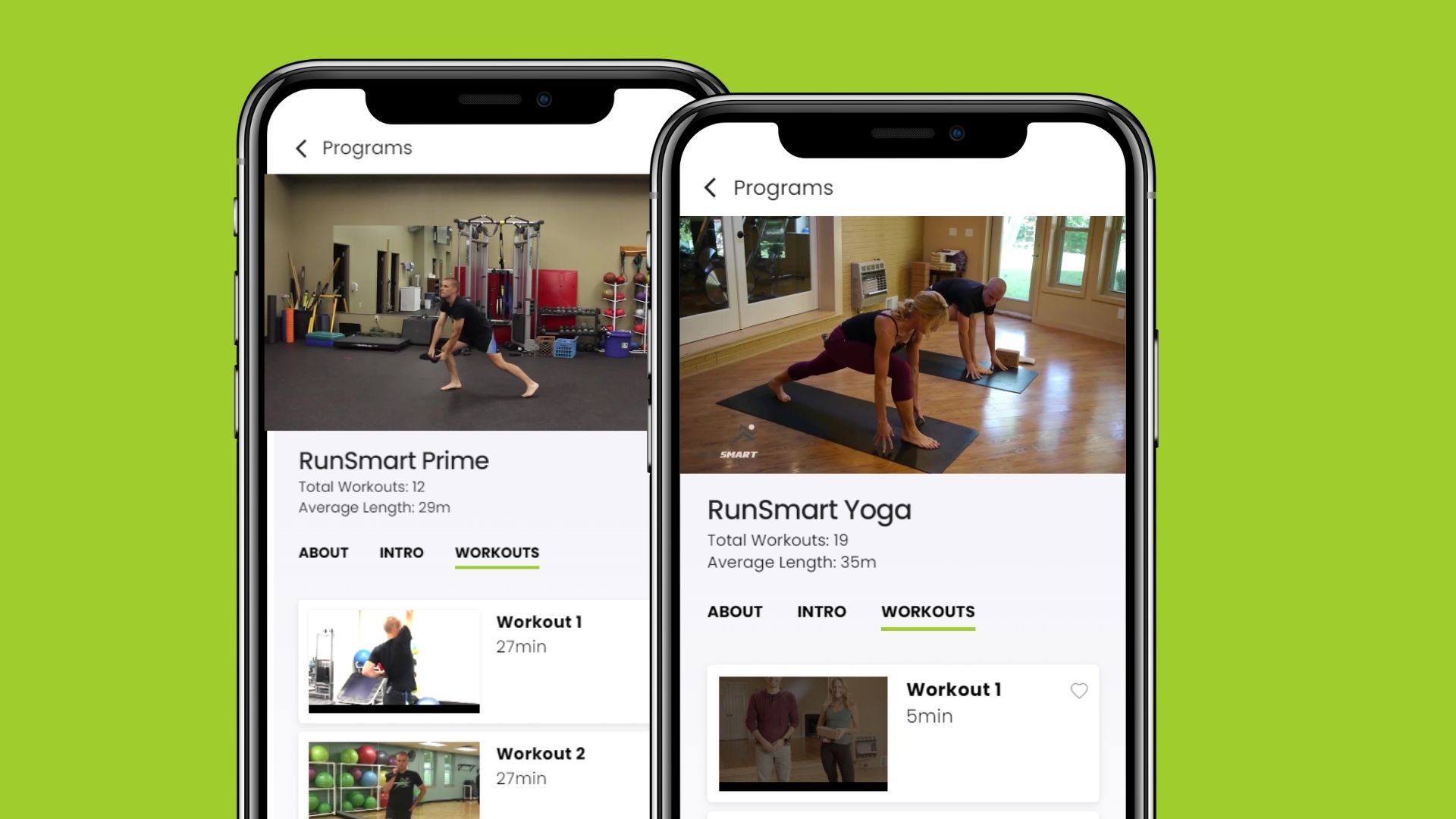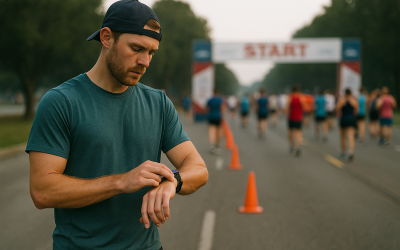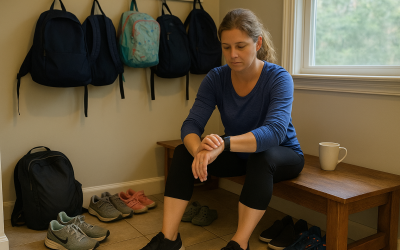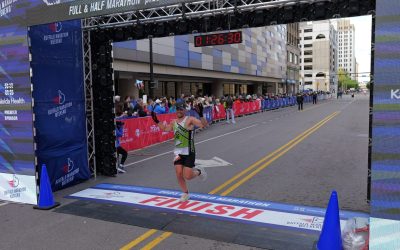As you begin planning for your 2023 running goals, I’m sharing unsolicited advice to help you set new PRs and improve your fitness. 🙂
When setting new PRs and conquering goal races, most runners train harder. That means more speed, tempo, and long runs. While that can help you get faster, it comes at a cost.
As you age, you need to be more balanced in training and consider risk vs. reward.
Take hard track workouts…
The reward is high, but so is the risk of injury.
As a Physical Therapist, it stinks to see a runner train hard for a race and settle on finishing or, worse, not starting because they’re hurt.
Here’s my challenge for you in 2023:
RUN SLOWER.
You may be thinking two things: 🤔
- How slow is slow AND
- How will I hit my goal on race day if I run slower?
Both are valid questions.
First — how slow is slow?
When building your training plan, determine your correct “BASE” pace.
Base pace is what you average for most runs. T pace is 5% faster than the easy pace. For example, if your easy pace is ~9:30 minute miles, your base pace is 9:01 per mile (9:30 * 0.95 = 9:01).
(Note: if you want to personalize a 5K through marathon training plan, you can do it in the RunSmart App – go here for a free trial. It includes all your runs, pacing, and strength workouts).
Having the correct base pace works — it’s how runners get results like this using RunSmart plans:

The second question:
How will I hit my goal on race day if I run slower?
Running slower builds the foundation for aerobic fitness and durability in your muscles, tendons, and joints.
You’ll lower your injury risk through slower running and gradually build fitness (vs. shocking the system with hard workouts).
After building your consistency with slow runs, you can then confidently add speed workouts to build speed.
(Pro tip: if you’re prone to injury, consider using the bike for all hard workouts. You can get a fitness boost with a much lower risk of injury).
You may have heard, run slow to run fast — and that’s what I’m preaching to you.
As you look to get back into a routine after time off, it’s important to start on the right foot.
Have big running goals in 2023?
Simplify your training with RunSmart!
Train for your next race, leave pain behind, and tap into strong running with programs trusted by over 3,000 runners.
Membership after trials start at $9.92/month.




